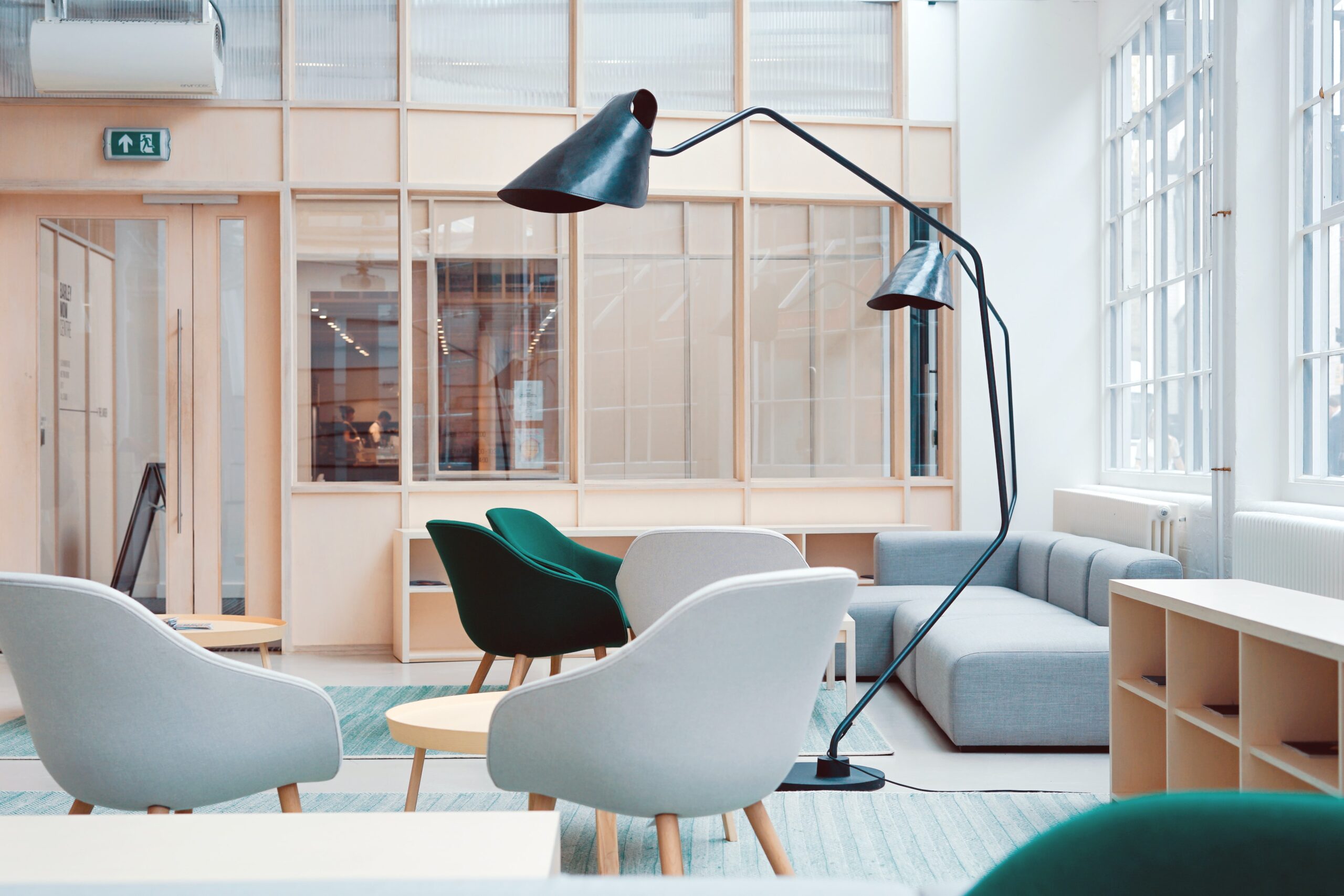While ten years ago, most consumers would have preferred to purchase furniture and homeware brand-new, another option has been growing in popularity: using second-hand. People may reuse items of their own, buy used items from friends or on second-hand goods websites, or they might purchase from vintage shops.
The trend may be led by an awareness of the environmental impact of mass production and buying brand-new, as well as personal finances and style preferences. As with all consumer trends, this is also impacting the retail landscape.

Consumers are Embracing Sustainability by Upcycling
Many people are choosing to pour their efforts into repairing and repurposing the lamps, suitcases, or armchairs they already have, rather than buying anew. The obvious advantages of this trend, typically known as upcycling, are that it’s a cheap and eco-friendly option for consumers. Upcycling usually involves adding new material to old items to spruce them up and give them a new lease of life.
Therefore, those who wish to join the trend must have the right tools and materials before they begin, and this is where home improvement and DIY retailers enter the picture.
Depending on the item to be upcycled, materials such as wood or fabric, and tools such as screws and nails will be necessary. Another item that can aid almost any upcycling project is a strong adhesive. Epoxy glue is a popular option, as it’s versatile and can be used with a variety of materials. When used correctly, it can provide a professional touch, allowing an upcycled item to retain its style.
Customers Value Uniqueness and Exclusivity
Some traditional retailers are dipping their toes into the second-hand market, by offering customers reselling and recycling services, or dedicating sections of their website or shop to second-hand selling.
However, although retailers who sell mass-produced furniture and homeware are well known for the convenience of their products and services, homemakers who have more time and resources on their hands value unique decor.
These people may want to produce a wildly personal home interior by opting for a maximalist style that includes all their favourite colours and patterns rather than being influenced by what’s popular in the mainstream. Rather than using the second-hand options given by traditional retailers, upcycling, “thrifting”, and buying second-hand or vintage provide a respite from generic items that don’t necessarily have personal value for the customer.
Although they may offer a mixture of mainstream and unusual items, the apps and websites purpose-built for second-hand selling do benefit from this consumer desire. Customers can find almost anything they want by signing up and searching on one of these sites, whether it’s an item from a high-street shop that’s cheaper second-hand or something less conventional that can’t be found elsewhere.
Vintage Shops are Rising in Popularity
As well as reusing their own old furniture and buying modern homeware second-hand, consumers are often choosing to buy from vintage suppliers. They might buy whole pieces of furniture or vintage materials to include in their upcycling projects. For example, there are vintage fabric retailers online that feature floral patterns seen in fashion trends from decades ago. With retro styles being so popular now, so are the options to buy reworked vintage goods on the high-street and online.
For environmental and personal reasons, the second-hand market continues to grow and expand. Consumers are more determined to save pre-loved furniture and homeware, whether it’s vintage or just a few years old. However, this isn’t the end for traditional retailers, as even the most dedicated second-hand customers still need the tools to upcycle, and will likely make use of reselling schemes from well-known brands.





